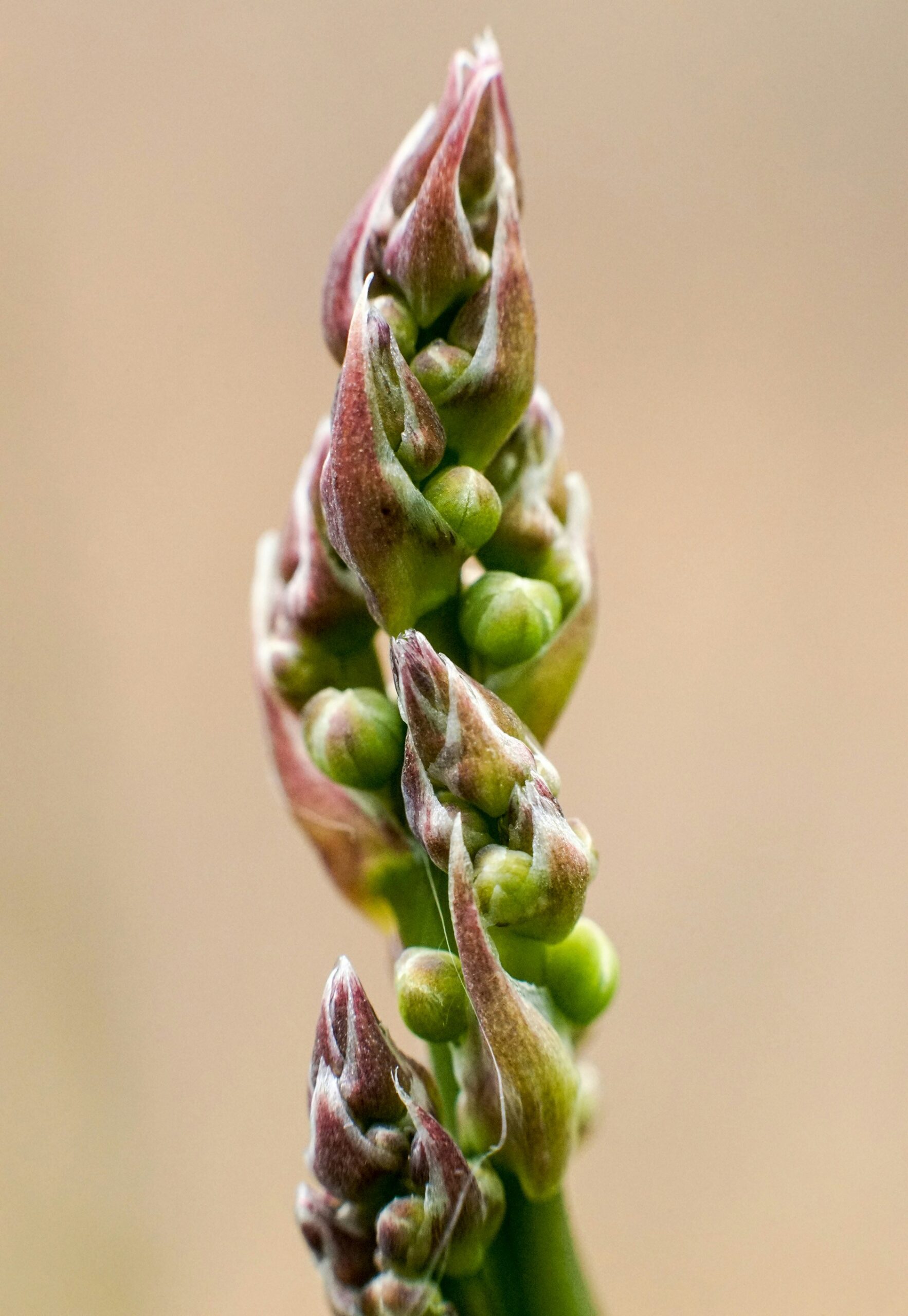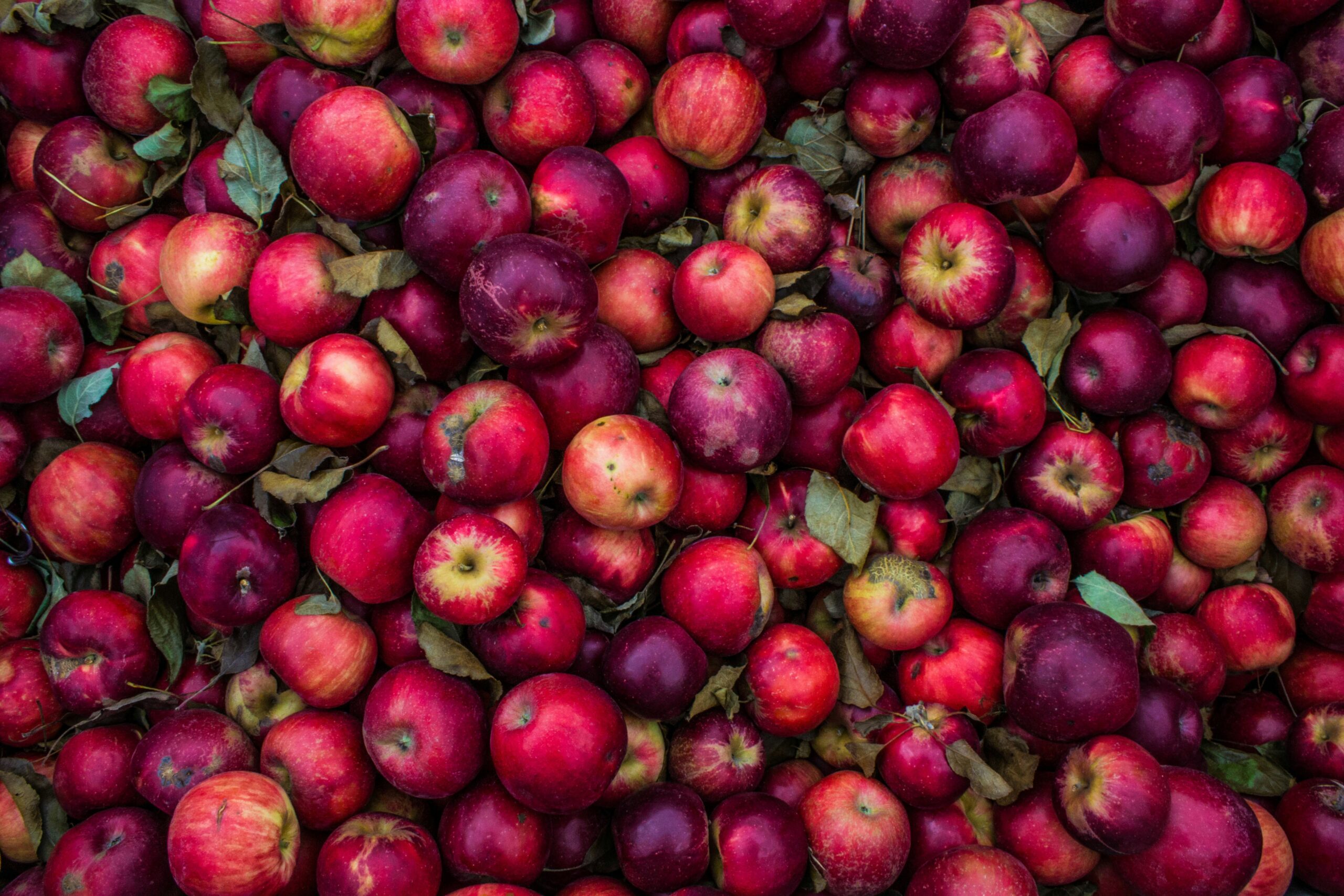Savoring the World One Recipe at a Time Through Culinary Adventures
What if I told you that one of the most enriching experiences you can have doesn’t require a passport or even a flight? Instead, all you need is a pot, a stove, and a dash of curiosity. Culinary adventures await anyone willing to dive into the recipes that span our globe. From the spicy streets of Bangkok to the rustic kitchens of Tuscany, food tells stories—stories of culture, history, and the indomitable spirit of people. So, let’s embark on this flavorful journey, savoring the world one recipe at a time.
The Allure of Global Cuisine
Food is more than sustenance; it’s an experience. The moment you take your first bite of a dish from a far-off land, you’re transported. It’s like a mini-vacation on a plate. I remember the first time I tried Moroccan tagine. The aromatic spices danced around my senses, and I could almost hear the bustling markets of Marrakech. This is the magic of culinary exploration—it transcends geography and time.
Why is it that we’re so drawn to global cuisines? Perhaps it’s our innate desire for novelty and discovery. Or maybe it’s the universal truth that food brings people together. Let’s face it—who hasn’t bonded over a shared love for pizza, sushi, or dim sum? Each dish we encounter opens a window to the culture it hails from and allows us to participate in its narrative.
Exploring Culinary Techniques
Diving into international recipes also means engaging with a variety of cooking techniques that might be foreign to us. Take, for instance, the art of making pasta from scratch. Italian nonnas have perfected this skill over generations. Watching a seasoned chef roll out dough with precision is mesmerizing. It’s almost a dance—a rhythmic motion that results in something utterly delightful. You might find yourself questioning why you ever settled for store-bought noodles.
On the other hand, let’s not forget the intricacies of Japanese cuisine. The delicate balance of flavors in sushi requires not just skill but a deep understanding of ingredients. The way rice is prepared and seasoned, the freshness of the fish, and even the presentation can transform a simple meal into a masterpiece. It’s a reminder that cooking is as much about artistry as it is about nourishment.
Recipes as Cultural Narratives
Each recipe we encounter serves as a cultural narrative, encapsulating the essence of its origin. Consider the humble taco, a staple in Mexican cuisine. It’s not merely food; it’s a celebration of heritage and community. Tacos can range from the simplest street fare to gourmet creations that showcase local ingredients and culinary innovation. When you enjoy a taco, you’re partaking in a tradition steeped in history, one that reflects regional flavors and culinary creativity.
Similarly, take a closer look at curry—whether it’s Indian, Thai, or Caribbean, each variation tells a different story. The spices, the cooking methods, and the accompanying dishes all provide insight into the land and its people. (And let me tell you, nothing warms the soul quite like a well-made bowl of curry on a chilly evening.)
Cooking as a Form of Travel
For many of us, travel has become a cherished part of life, but the realities of modern living sometimes make that difficult. Enter the kitchen: the ultimate travel hub. Cooking allows you to visit places without leaving your home. You may not be able to stroll along the Seine, but you can whip up a classic French onion soup and savor the flavors that characterize Parisian bistros.
Let’s not overlook the sensory experiences involved in cooking—smells wafting through the air, vibrant colors on your cutting board, and the sizzling sound of ingredients meeting a hot pan. It all serves to immerse you in the culture you’re exploring. Cooking becomes an adventure that excites your senses and sparks your creativity.
Finding Authentic Recipes
In pursuit of authentic recipes, the internet can be a double-edged sword. With a quick search, you can uncover countless variations of any dish. But here’s a tip: seek out resources that delve deep into the culinary traditions of a culture. Cookbooks by local chefs, food blogs that focus on regional dishes, or even social media accounts dedicated to authentic cooking can provide invaluable insight. (I once stumbled upon a blog run by a grandmother in Sicily—her recipes were the real deal and carried her family’s history.)
Additionally, consider joining cooking classes that specialize in international cuisines. Not only do you learn techniques, but you also gain context—stories about the food and its significance in the culture. Plus, it’s an excellent opportunity to meet fellow food enthusiasts.
Sharing the Experience
No culinary adventure is complete without sharing it. The beauty of cooking lies not just in the act itself, but also in the connections it fosters. When I prepare a meal from a different country, I often invite friends over for a tasting. It’s a chance to gather around the table, share stories, and enjoy the fruits of our labor. Plus, let’s be honest—there’s something incredibly satisfying about watching someone savor a dish you’ve just prepared. It feels like you’re sharing a piece of the world with them.
Consider hosting themed dinners where each course represents a different country. Imagine starting with Italian bruschetta, followed by a Thai green curry, and finishing with French macarons. It’s a culinary world tour that allows everyone to explore new flavors together. (And it’s a great excuse to dig out that fancy china you rarely use!)
Embracing Culinary Failures
Let’s be real for a moment—cooking is not always a walk in the park. There are those days when your soufflé collapses, the rice burns, or you accidentally mistook salt for sugar. But, oh, the lessons learned from these culinary misadventures! I once attempted to make paella, only to realize I didn’t have saffron. In a moment of brilliance (or desperation), I substituted with turmeric—let’s just say it was not quite the vibrant dish I envisioned. But hey, I learned something for next time!
Embrace these moments; they’re part of your cooking journey. Each mistake is an opportunity to grow, adapt, and perhaps discover a new favorite dish along the way. In fact, some of the best recipes come from improvisation. Who knew that adding a splash of this or a sprinkle of that could create a whole new culinary delight?
The Future of Culinary Exploration
As we move forward, the culinary world continues to evolve. The fusion of cultures is more prevalent than ever, giving rise to innovative dishes that blend traditional techniques with modern tastes. Imagine Korean tacos or sushi burritos—these creations reflect our increasingly interconnected world. They’re a testament to how food continues to adapt and inspire, creating new narratives while respecting the old ones.
Moreover, the rise of plant-based diets has opened up avenues for exploring vegetarian and vegan versions of traditional dishes. This shift invites creativity in the kitchen, allowing cooks to rethink classic recipes and make them inclusive for all dietary preferences. It’s a thrilling time to be a food enthusiast!
Conclusion: The Journey Continues
As we savor the world one recipe at a time, we find ourselves not just cooking but embarking on a journey. Each dish we prepare, each flavor we explore, and every story we share enriches our understanding of different cultures. It’s a delicious reminder that while we may come from diverse backgrounds, food has the power to unite us all.
So, the next time you’re pondering what to cook, think beyond your usual repertoire. Dress your kitchen as a passport and let it take you on a culinary adventure. Whether you’re recreating a beloved dish from your travels or experimenting with something entirely new, remember that you’re not just feeding your stomach—you’re feeding your soul and broadening your horizons.
And who knows? You might just discover your new favorite recipe, one that becomes a staple in your culinary journey. Here’s to exploring the world through food—one recipe at a time!




